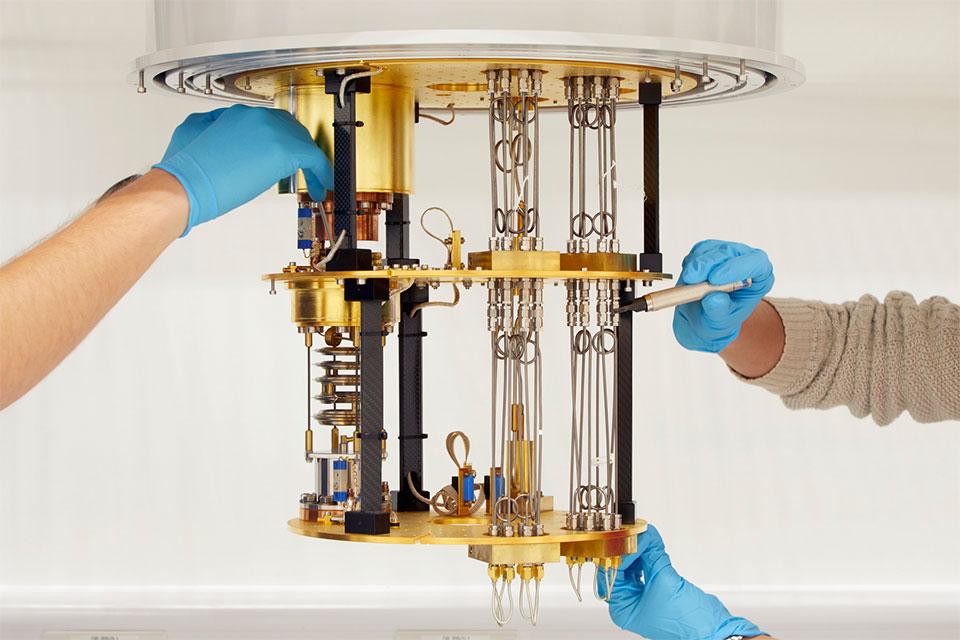Clarendon Laboratory, Department of Physics, University of Oxford, Parks Road, Oxford, OX1 3PU
Dimitar Kutsarov, University of Surrey
Perovskite-based solar cell (PSC) technology is undisputedly the rising star among many other photovoltaic (PV) contenders today. This status is hard-earned, well-deserved and owed to the tremendous developments and achievements made during the last decades with a focus on improved efficiency, stability, and sustainability. All of this whilst reducing the carbon footprint. The potential of reaching the net-zero climate change target with PSCs appears more possible today due to the lower Watt-peak price of generated electricity compared to traditional inorganic PVs. To achieve this lower Watt-price goal, a mass-production of large-area PSC-based PV panels must be facilitated. However, most of the research in academia still concentrates on the fabrication of PSCs by using non-scalable deposition techniques such as spin-coating that share little similarities with industry related fabrication processes.
In this talk we will elucidate the challenges associated with scaling-up of the fabrication of PSCs and give examples of successful transfer of small-area device fabrication methods to large-area deposition techniques compatible with industry standards. Successful development and characterisation of novel green perovskite precursors will be shown, and the fabrication of PSCs-based single devices and mini-modules demonstrated. Additionally, an extrapolation of the measured device characteristics will show the possibility for using PSCs as an energy source allowing for powering the IoT including small autonomous systems.

